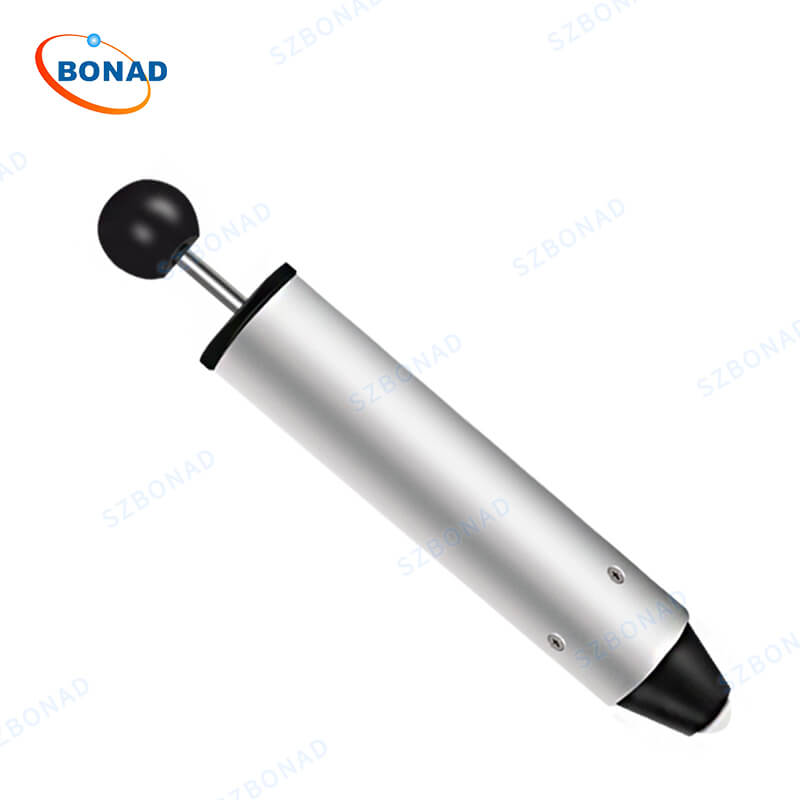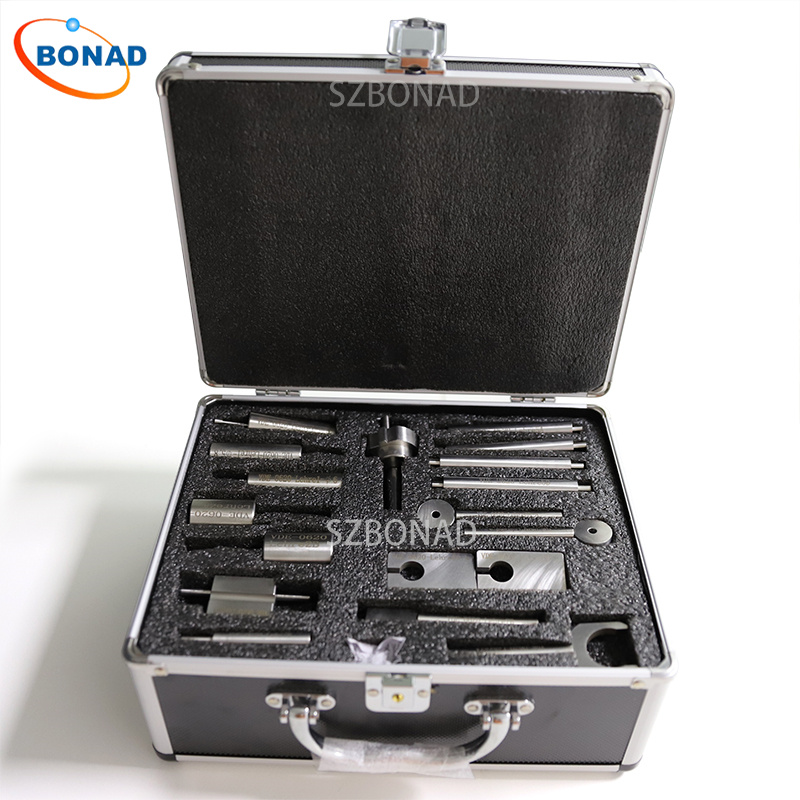The IK spring impact hammer is an essential tool used to evaluate the protection level of electrical equipment enclosures. According to the International Electrotechnical Commission (IEC) standards, the IK level system categorizes equipment based on its ability to withstand impacts. This article provides an in-depth analysis of the IK level impact test standard for the IK spring impact hammer.
I. Definition of IK Level
The IK level represents the degree of impact resistance that an equipment enclosure can endure during testing. The levels range from 0 to 10, with higher numbers indicating greater resistance to impacts.
II. IK Level Testing
Testing the IK level with an IK spring impact hammer involves two main components: the impact test and rating. The impact test assesses the enclosure’s ability to withstand impacts using the hammer, while the rating assigns an appropriate IK level based on test results.
III. Impact Test
Conducted in a controlled laboratory setting, the IK level impact test uses the IK spring impact hammer to strike the equipment enclosure. The hammer consists of a head and a spring, with the spring regulating the force to ensure consistent testing conditions. During testing, the equipment enclosure is securely positioned on a holder for stability, and it is subjected to impacts at various speeds and angles as specified by IK level standards.
IV. Rating
Upon completing the impact test, the performance of the equipment enclosure is evaluated and assigned an appropriate IK level. There are 11 levels from 0 to 10, each with distinct requirements for impact energy. Level 0 indicates no impact protection, while level 10 signifies maximum protection capability.
The rating process involves analyzing changes in appearance, fractures, displacement of protrusions, etc., and comparing these outcomes with specified standards. If no damage or deformation occurs during testing and if the required impact energy is met for a specific level, then that level is assigned to the equipment.
V. Significance of IK Level
The IK level signifies an enclosure’s protection capability and aids users in selecting suitable equipment for their needs. Different environments demand varying levels of protection; hence understanding an equipment’s IK level helps ensure it meets specific environmental challenges.
For instance, outdoor installations may require higher IK levels to withstand adverse weather conditions like strong winds and rain. Conversely, indoor environments might only need lower IK levels for protection against everyday impacts and collisions.
Furthermore, a higher IK level often indicates superior material quality and manufacturing standards, serving as a mark of product reliability.
In conclusion, adhering to the IK level impact test standard for the IK spring impact hammer is crucial for determining an electrical equipment enclosure’s protection capabilities. By conducting thorough tests and assigning accurate ratings, users can make informed decisions about their equipment choices, ensuring longevity and reliability in various settings.
IK01-06 Spring Impact Hammer simulates mechanical impacts that products may encounter during normal use to verify their durability. It is suitable for testing mechanical strength in enclosures, operating levers, handles, knobs, indicator lights, signal lights, lamp shades in household appliances and similar electronic products. This ensures that products can withstand accidental impacts and continue operating safely and reliably under normal conditions.



